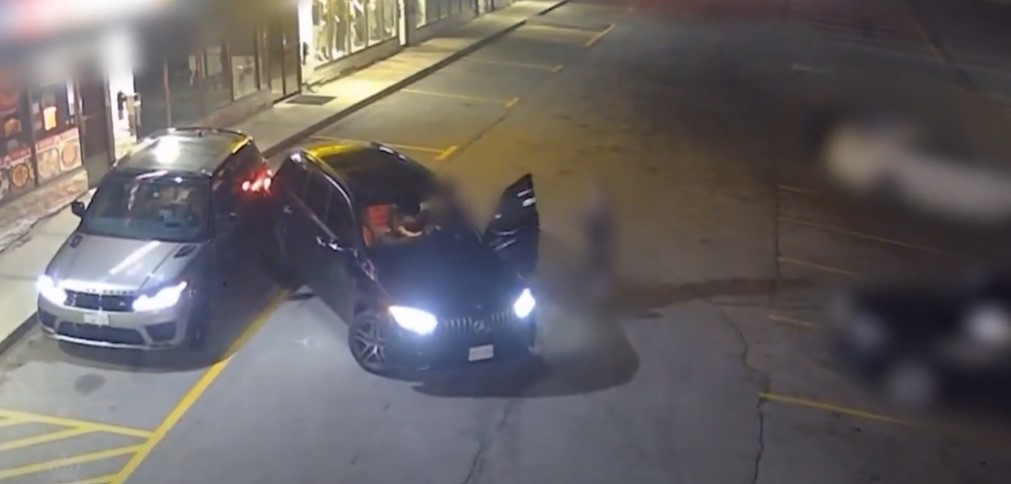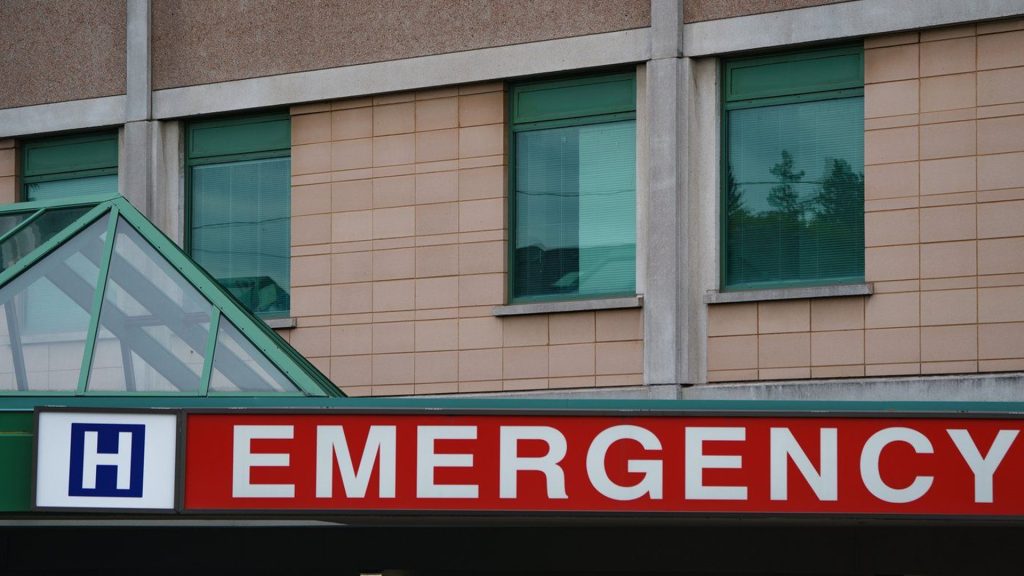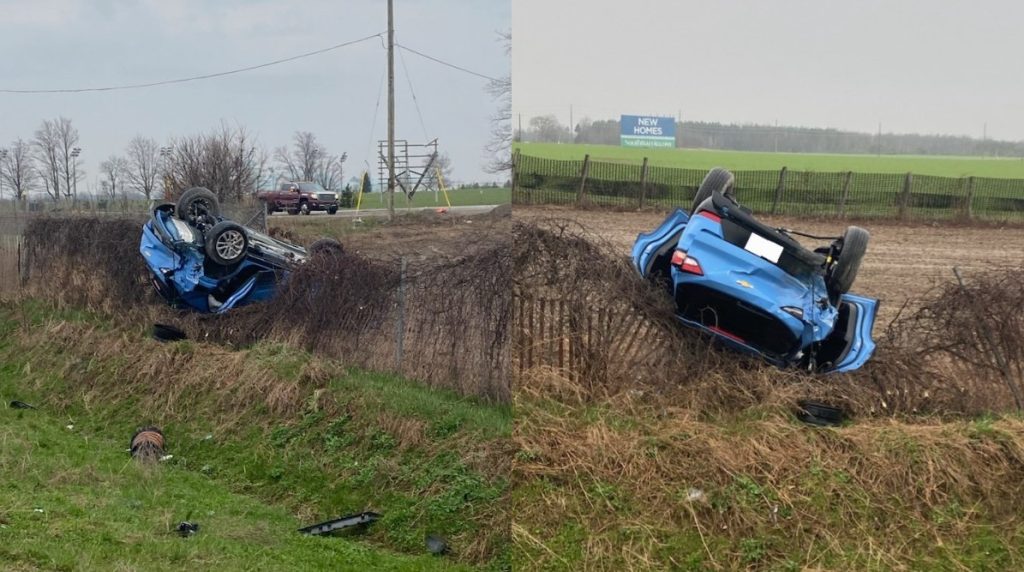Province’s gradual reopening could mean more travel between regions

Posted February 9, 2021 6:25 am.
Last Updated February 9, 2021 1:41 pm.
Ontario Premier Doug Ford announced plans to gradually reopen the province on Monday following its state of emergency.
The province will return to a colour-tiered approach by maintaining the shutdown in the majority of the public health regions with the stay-at-home order also being extended. The state of emergency declared last month will be allowed to expire as scheduled on Tuesday.
Some applauded the province’s approach to a gradual easing of COVID-19 measures though many are worried it could lead to another wave of surging cases.
Dr. Andrew Morris, a professor of medicine at the University of Toronto, said he was encouraged by the approach of the provincial government but thinks the return to the colour-coded framework with no movement controls will lead to more travel between regions.
“You get what we call cross-contamination,” said Morris. “People from areas of high transmission of the disease going to areas where there’s low transmission, and you bring your problems to someone else.”
The government introduced an “emergency brake” that will allow the province’s top doctor, Dr. David Williams, to immediately move a region back into lockdown if cases spike.
Morris said he is also skeptical about how the province will apply the so-called “emergency brake,” saying by the time it’s applied to regions, it’ll be too late.
“You have a linear response, an incremental response, to an exponential problem. And it gets out of control,” he said.
With Kingston among the public health regions slated to move to Ontario’s “Green Zone” on Wednesday, Max Kaiser, the deputy mayor of Greater Napanee, says they’re uneasy with the thought of people travelling to the area for shopping and other needs.
“Absolutely, there is very much a lot of concern,” Kaiser said. “Prior to Christmas, as the GTA was in lockdown in early December but we weren’t in this area, we saw lots of vehicles with Pickering, Oshawa, Whitby license plates in the area during their Christmas shopping.”
Kaiser said it got so bad, officials believe the big crowds led to a COVID-19 outbreak at a local nail salon.
“We believe that a lot of the clientele had come from the GTA in preparation for a wedding was the rumor. So, I mean, there is certainly lots of stories to back up our concerns,” Kaiser continued.
“We’re an hour-and-a-half, two hours down the 401, an hour from Bowmanville, Clarington, Oshawa,” he said. “So, very much concerning that [those] people that are in lockdown zones may see our restaurants open, our clothing stores, things like this, where they haven’t been able and can’t do that at home.”
RELATED: Doug Ford announces the reopening of Ontario’s economy
The CEO of the Registered Nurses’ Association of Ontario, Doris Grinspun, said the province should have delayed the economic reopening until two to three weeks after all students resume in-person learning to determine if that has been accomplished safely.
Students in Toronto, Peel Region, and York Region will return to physical classrooms next week while schools in other regions have reopened.
While COVID-19 new cases across the province have gradually declined in recent weeks there is growing concern from health officials about the rise of more infectious strains. Three strains of the virus have popped up in Ontario.
Grinspun said with the increasing spread of variant strains, caution is necessary.
“Now is not the time to soften it up,” she said. “Now is the time to sit tight.”
Echoing those sentiments, Toronto’s top doctor Eileen de Villa says the uncertainty with the mutations – coupled with the ability for them to spread even faster than the original strain – means now is not the time to ease restrictions and health measures.
“Today we are in a transition from one pandemic to another. The transition to a new pandemic,” de Villa said.
As of Sunday, the province had counted 219 confirmed cases of the B.1.1.7 variant first detected in the U.K. Toronto Public Health has confirmed the first cases of variants first detected in Brazil and South Africa in the city.
Dr. Michael Warner – the medical director of critical care at Michael Garron Hospital – took to Twitter shortly after Monday’s announcement from Ford, saying the ICU curve has not bent, despite suggestions by the premier and his government that it had.
“We peaked at 420 on Jan. 15, dropped to 354 patients on Feb. 3, and are now up to 377,” Warner said.
With files from the Canadian Press










